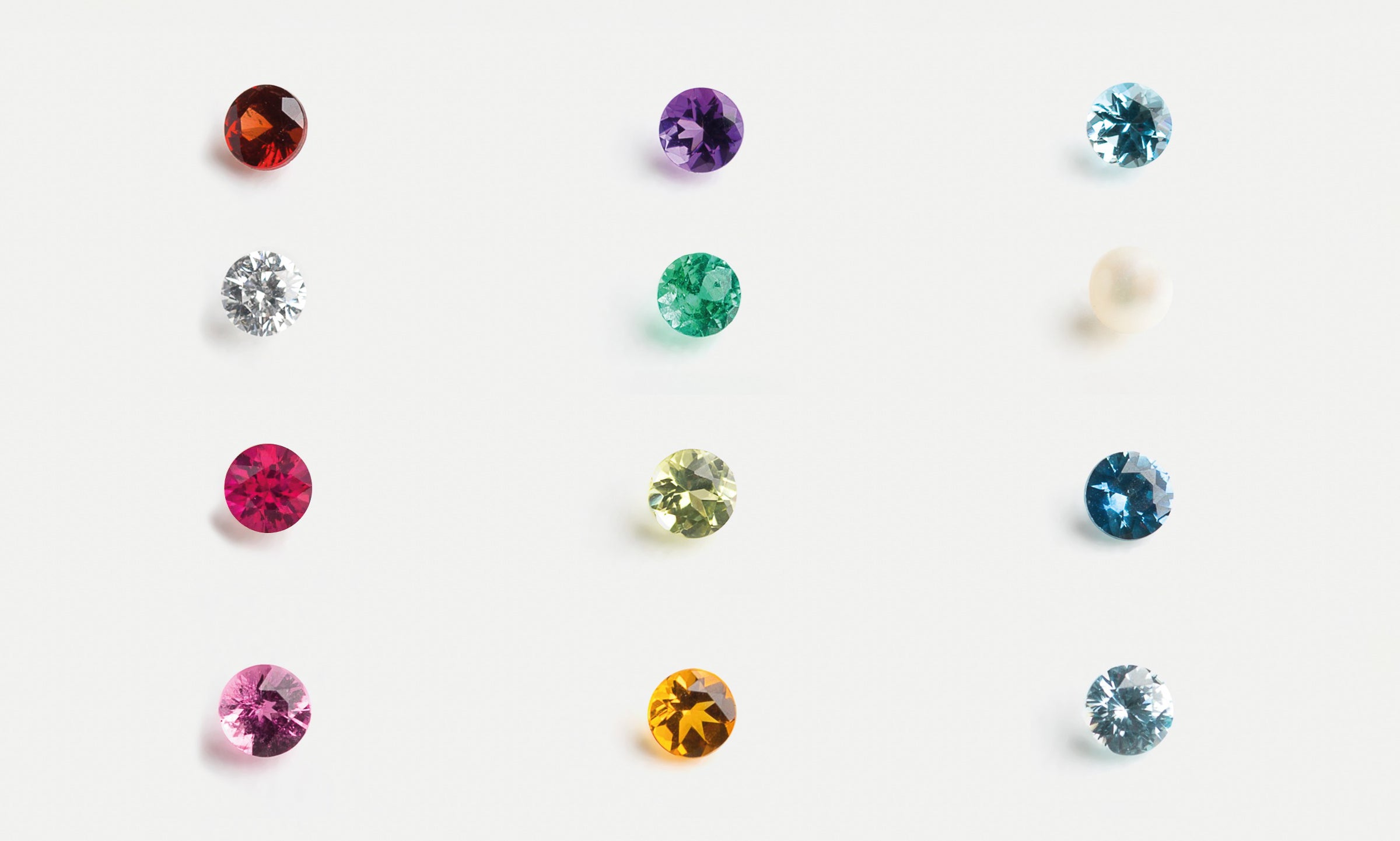Optical properties describe the physical characteristics produced by the behaviour of light in and on a gemstone. You can notice some of these properties (e.g., lustre, colour, and transparency) just by looking at the stone, while other special properties (e.g., dispersion and refractive index) need advanced tools to be observed and evaluated.
Why do optical properties matter? Understanding how light interacts with a gemstone and the effects it creates is important because:
It guides lapidaries on how to cut and polish a gem into the shape that best optimizes its beauty It serves as a necessary means to determine the value of gemstones
In essence, optical properties are a fundamental basis of a stone's beauty and worth.
Optical Properties of Gemstones Explained
There's so much to learn about the individual optical properties of a gem species. But if you're just getting started with gemology, these terms will give you sufficient knowledge on the basics you need to remember:
1. Colour
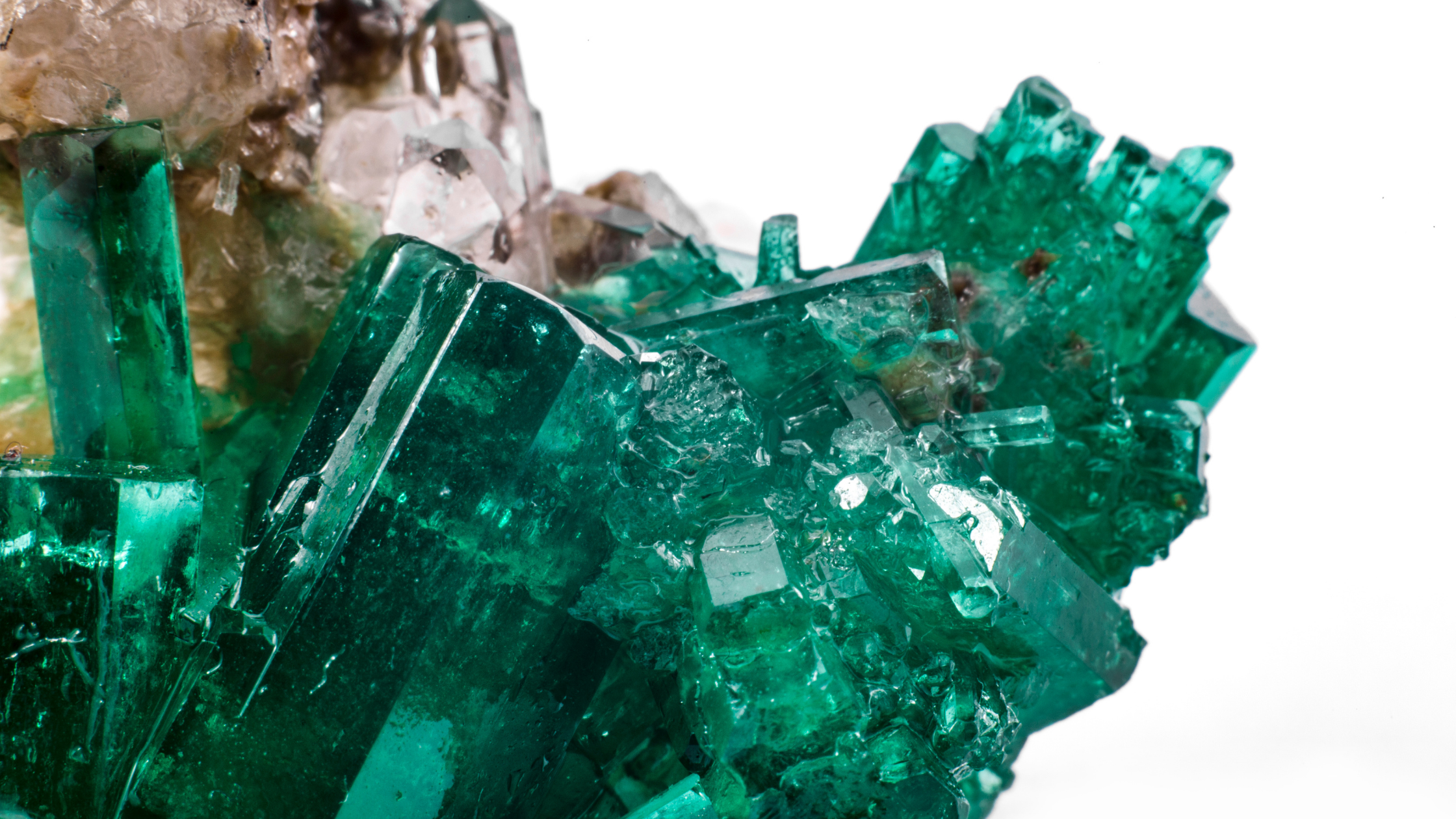
If a book is judged by its cover, a gemstone is often judged by its colour. Since it's the first thing people notice in a specimen, colour is considered the most important factor in making out the beauty of a gemstone. It's also the fastest way to classify gem species and varieties. For example, purple is associated with amethyst while red with rubies.
What gives a gem its colour? Gemstones get their colouring through the process of selective absorption. Here's what happens:
- White light (which carries a spectrum of colours) passes through a gem.
- Some of the rays of the light are absorbed by the gemstone
- The remaining wavelengths are reflected from and/or transmitted through the gem.
- The wavelengths are collected by the retina at the back of the eye. The brain interprets this signal, resulting in colour perception.
In some cases, the pigment contained in the gem can define its colour. But often, gem colouring is an effect of its response to white light.
In the world of crystal healing, colour is not just a metric of beauty and appeal but also a symbol of the stone's healing benefits. Below are some common gemstone colours and the healing properties associated with them:
- Clear and white (peace and purity) - Clear quartz, moonstone, selenite, apophyllite, and white chalcedony
- Red (power and energy) - Ruby, garnet, red jasper, rubelite, and vanadinite
- Orange (change and creativity) - Amber, carnelian, orange calcite, and sunstone
- Pink (love and compassion) - Rose quartz, pink tourmaline, rhodochrosite, pink opal, and morganite
- Green (growth and abundance) - Green aventurine, malachite, moss agate, jade, and peridot
- Yellow (optimism and willpower) - Citrine, honey calcite, golden onyx, and yellow quartz
- Blue (clarity and communication) - Aquamarine, blue lace agate, lapis lazuli, azulite, and larimar
- Purple (intuition and spirituality) - Amethyst, charoite, lepidolite, sugilite, and spirit quartz
- Black (protection and negativity absorption) - Obsidian, black tourmaline, shungite, jet, and black kyanite
2. Lustre
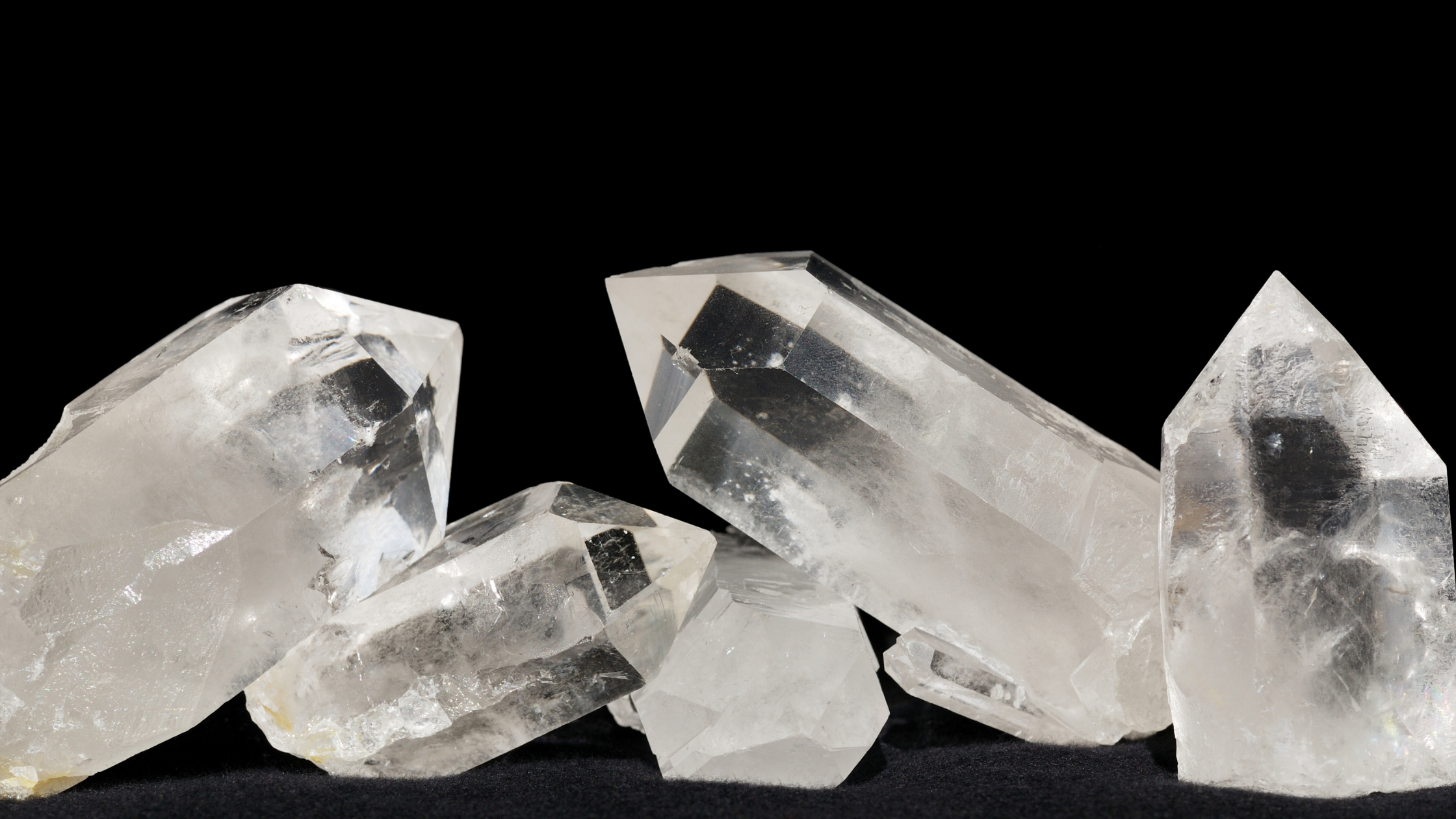
Lustre describes the state of sheen of a gemstone's surface caused by the reflection of light. The better the quality of polish of the gem, the better its lustre. This optical property is best determined when the gem is viewed in a well-lit environment.
Lustre is influenced by factors like refractive index (the measure of the bending of light when it hits an object) and the stone's ability to take a polish. Every mineral has its own unique lustre and this can vary from specimen to specimen.
There are 8 classifications of lustre namely:
- Vitreous - Like glass in appearance. This lustre occurs in gems with mid-level refractive indices such as ruby, emerald, quartz, and spinel.
- Resinous - Soft gem materials with low refractive indices including opal and amber.
- Pearly - The type of lustre displayed by talc, moonstone, and pearl.
- Silky - minerals with fine fibres like malachite and gypsum.
- Waxy - Describes a mineral that looks like it's smothered with a layer of wax. Examples of this stone are jade and chalcedony.
- Adamantine - Minerals that exhibit amazing shine and brilliance such as diamond, cerussite, and zircon.
- Dull - Minerals with a dull lustre are those with poor reflective qualities and a porous/rough surface
- Metallic - The luster displayed by metals like gold and silver as well as minerals such as copper, galena, hematite, and magnetite.
Since there is no scientific way to identify lustre, this process can be completely subjective. Which means this depends on the eye and the personal judgment of the person examining the specimen.
3. Diaphaneity
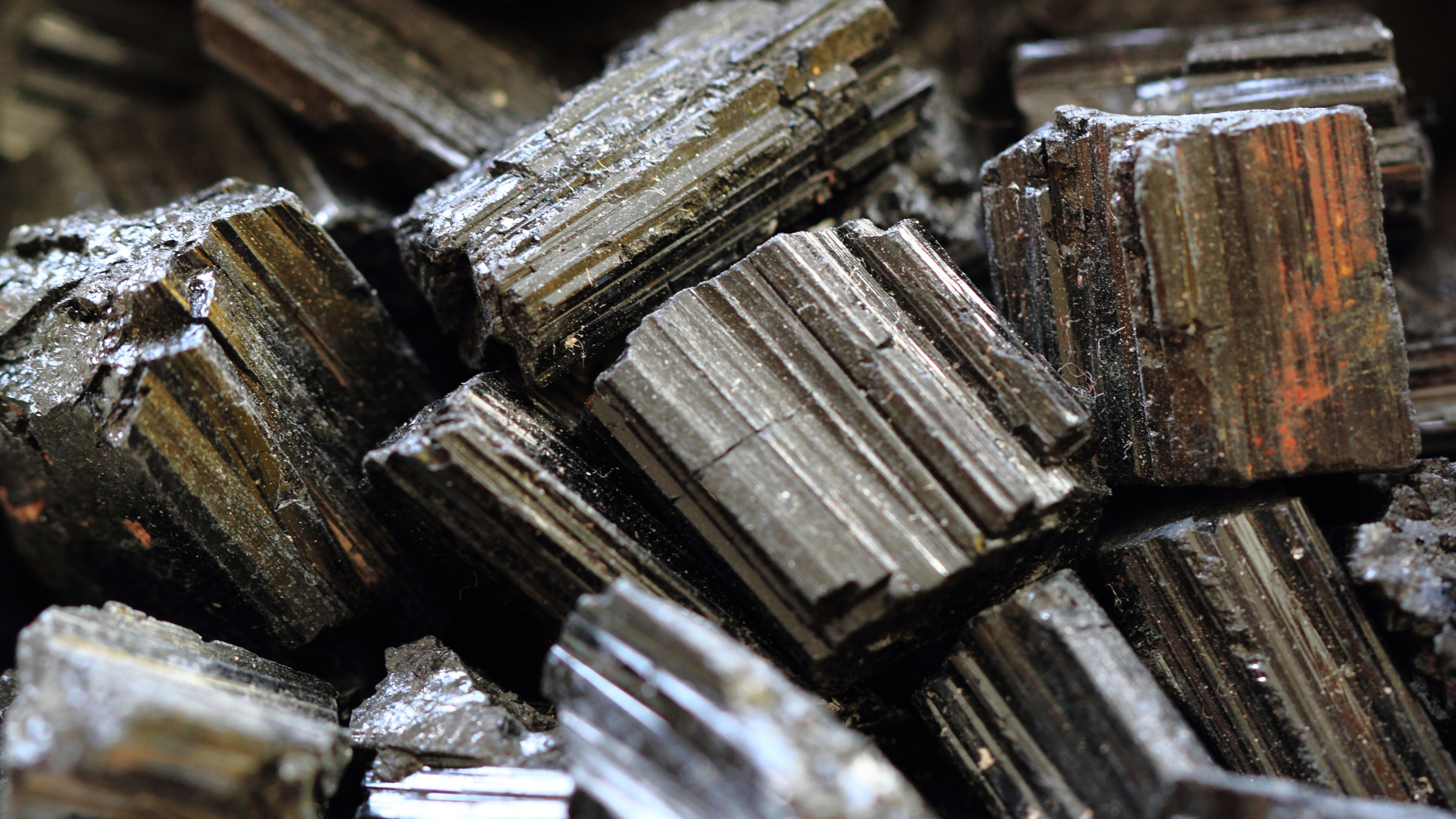
Also known as transparency, diaphaneity is another optical property that is often noticed in minerals and gemstones. It refers to the amount of light that can enter an object. It is classified as:
- Transparent - Stones that allow light to pass through unobstructed
- Translucent - Gemstones that only allow certain amount of light to pass through
- Opaque - Stones that don't allow any light to enter at all
The degree of diaphaneity differs from one gemstone to another. It can also vary from specimen to specimen of the same variety depending on the cut and polish of the specimen. The mineral inclusions, the colour intensity, and the thickness of a stone can also lessen its transparency.
To determine the transparency level, just hold a gem against a light source and see how much light can pass through it.
4. Behaviours of Light
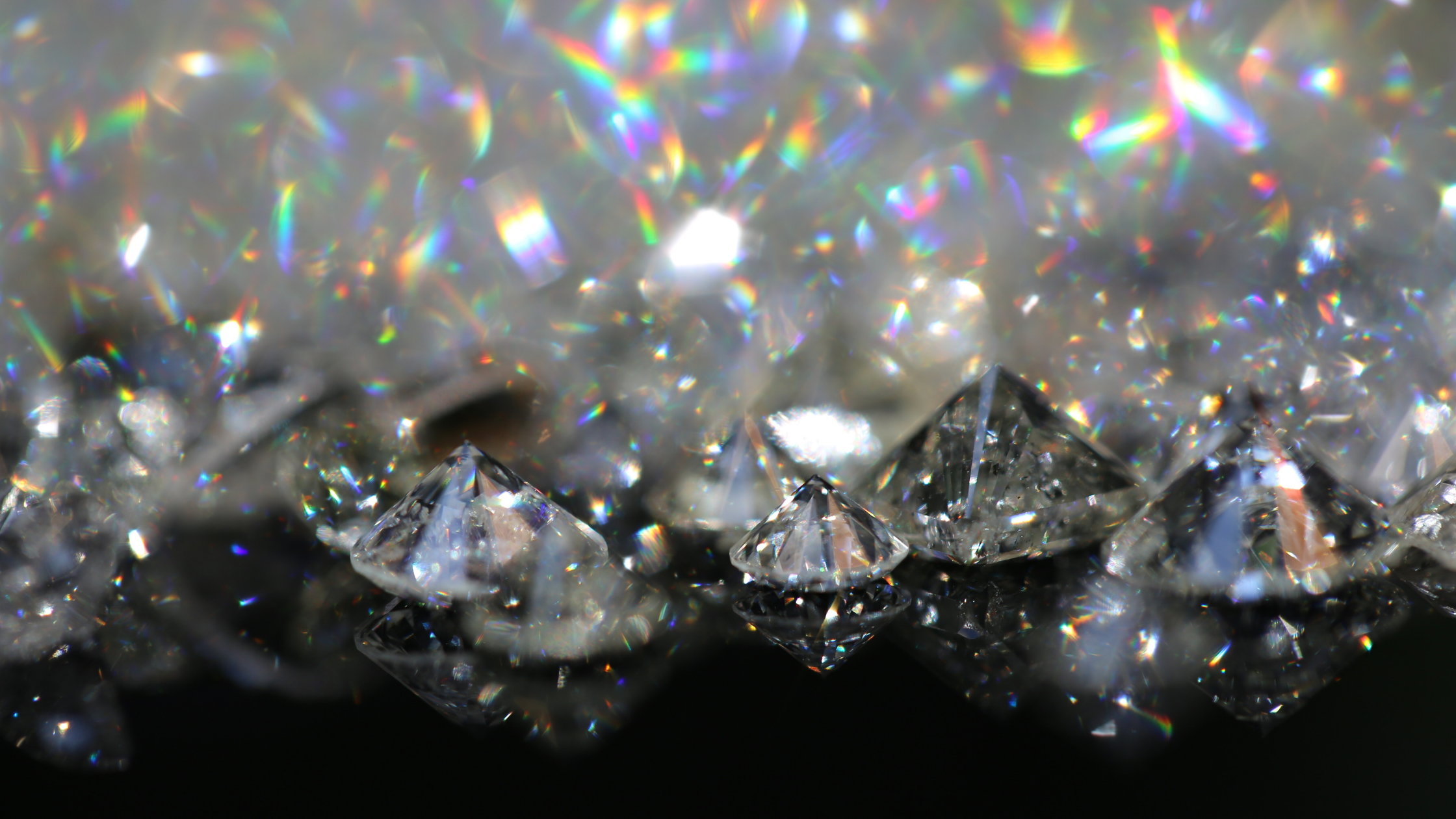
Speaking of light passing through a stone, did you know that there are different ways light can interact with a gemstone which then creates a visual treat? In gemology, these are called behaviours of light.
Below are the common behaviours that contribute to the overall identity of a gem:
Refraction - It is the shift in direction in which light travels between 2 objects of varying optical density (e.g., air and a quartz crystal). The higher the optical density, the slower light travels into a stone. As a result, light bends or refracts.
You see this happen everyday, like when you put a drinking straw into a glass of water and the straw appears to be bent. This is because light moves slower through water (which is a denser medium) than air. The amount at which light slows is related to the refractive index of that medium.
Dispersion - Also called fire, this term refers to the separation of white light into a spectrum of colours. It can be observed as reds, blues, or greens that glimmer as you turn the gem. Dispersion is common in transparent crystals with surfaces that are not parallel to each other, like a faceted sphalerite.
What causes this phenomenon is the bending of different wavelengths of light as they pass through a stone. Red, which is a long wavelength, bends less; while the shorter
violet wavelength bends more. This difference in bending behaviours splits the colours. A gem's ability to disperse light is also influenced by its refractive index. Gems with high refractive indices (e.g., diamonds) have more pronounced and more visible dispersion.
Pleochroism - Blue sapphires can look greenish blue from one angle and violetish blue from another. This colour changing behavior is called pleochroism, which is possible when a gem is anisotropic or has more than one refractive index. This causes the light entering a gemstone to be split into two rays and to travel in different paths inside the gem.
And since they travel in varying directions, the rays are refracted differently and produce different colours. The degree of pleochroism can be weak, moderate, or strong in different gem species. A gemstone can be dichroic (rubies and sapphires) if it shows 2 different colours, or trichroic (tanzanite and iolite) if it has 3.
Pleochroism in some stones can be seen by the naked eye. But in other species, this can be so subtle that a gemologist would need a polariscope to detect its colours.
How is pleochroism different from other colour behaviours such as color zoning and colour change? Colour zoning is when a stone consists of separate areas of colours like what ametrine has. Colour change happens when a gem changes its shade in different light sources like daylight, fluorescent, and incandescent light. A gem may experience one or more of these behaviours.
5. Inclusions

An inclusion is a material trapped inside another mineral during its formation. It can be classified based on its composition (liquid, solid, or gas) or based on how it is formed related to the growth conditions of its host crystal (mineral inclusion, colour patterns, or cracks and fissures).
The latter can also be a result of a lapidary process, mining procedure, or during the gem's treatment process. Identifying the kind of inclusions is one of the first steps in determining a gemstone's species or if the specimen is natural or synthetic.
Some inclusions can be eye-catching or invisible and therefore require special tools to detect. Others may add appeal to the gem, while other inclusions may be too plain and ugly that they reduce a stone's value.
Nevertheless, whether inclusions boosts a gem's intrinsic value or diminishes it is a matter of personal preference. Some may like cracks on their amethyst crystal point as it gives off a vibe of rawness, while others may want their amethyst blemish-free.
Either you're a regular consumer of gems and crystals or someone with a growing interest in gemology, a basic knowledge of these common optical properties will help you make an informed decision in your next purchase. Knowing these properties will also give you an idea how to take care of your gems and preserve their quality for years.
Sources:
Optical Properties of Gemstones. (2019). Geosciences LibreTexts. Accessed at https://geo.libretexts.org/Bookshelves/Geology/Book%3A_Gemology/07%3A_Optical_Properties_of_Gemstones
Smigel, B. (2012). Optical Properties of Gems. Bwsmigel.info. Accessed at http://www.bwsmigel.info/Lesson4/DE-Optical-Properties.html
Arem, J. and Clark, D. (n.d.). An Introduction to Gemstone Inclusions. International Gem Society. Accessed at https://www.gemsociety.org/article/inclusions/
Mineral Properties: Luster. (n.d.). Minerals.net. Accessed at https://www.minerals.net/resource/property/luster.aspx
Alden, A. (2019). 10 Minerals That Have Metallic Luster. Thought Co. Accessed at ??https://www.thoughtco.com/minerals-with-metallic-luster-4086380
Table of Refractive Indices and Double Refraction of Selected Gems. (n.d.). International Gem Society. Accessed at https://www.gemsociety.org/article/table-refractive-index-double-refraction-gems/
International Gem Society. (n.d.). What is Gemstone Pleochroism? International Gem Society. Accessed at https://www.gemsociety.org/article/what-is-gemstone-pleochroism/
Refractive Index. (n.d.). Britannica. Accessed at https://www.britannica.com/science/refractive-index
International Gem Society. (n.d.). What Does the GIA Colored Gem Grading Code Mean? International Gem Society. Accessed at https://www.gemsociety.org/article/colored-gem-grading-code-meaning/





